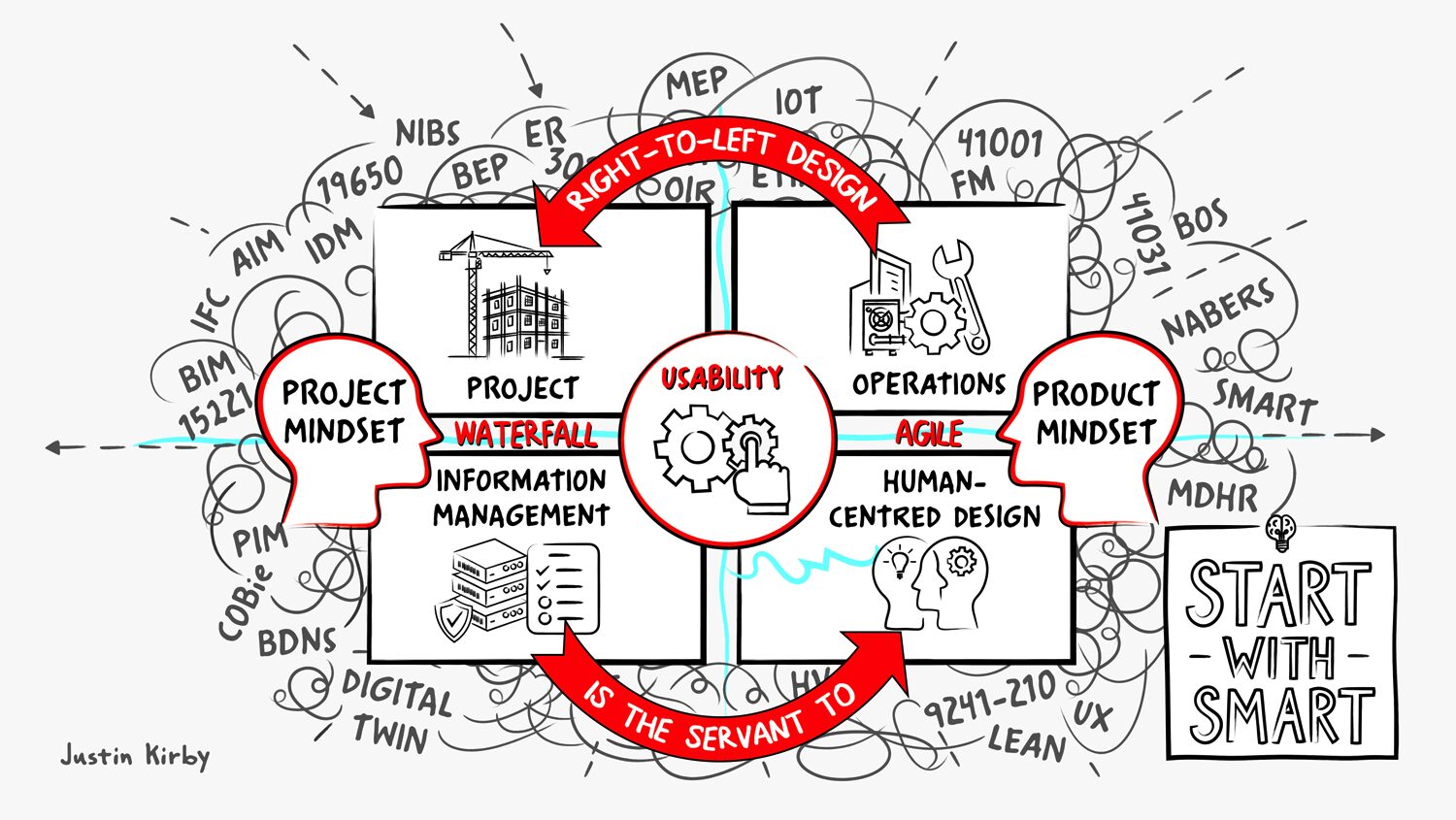
Navigating the new normal: rethinking the data centre supply chain with digital
We need data centres and we need them built fast. But the usual construction challenges are amplified in this fast-growing sector. Jake Bush from RLB and Michelle Zompi from RLB Digital believe digital is the key to procuring and managing data centre construction.

Supply chain principles used to involve a manufacturer and a buyer, possibly with a distributor or vendor in the mix to keep things moving smoothly. However, the last few years have given us more curveballs in the supply chain than the last few decades combined. From pandemics to geopolitical conflicts and tariff wars, procurement planning and managing the supply chain in the built environment – especially in the fast-moving world of data centres – has become increasingly complex, unpredictable and incalculable.
Many developers are shifting from static, linear procurement processes to agile, data-led systems to move from reactive to resilient delivery. This shift repositions procurement as a strategic lever, not just a commercial function, critical for managing volatility at scale.
Fragmentation and disruption
With data centre development projected to grow by nearly 300% since 2023, driven largely by surging AI demand, procurement planning and supply chain management is no longer a nice-to-have: it’s business-critical. Yet, projects remain complicated, involving global vendors, intricate logistics and limited real-time visibility.
Digital procurement platforms are becoming more sophisticated, enabling teams to move beyond static spreadsheets and into live sequencing tools. These can flag when procurement risks are likely to impact the construction programme, not just the budget, by linking package status to critical path milestones.
RLB’s 2025 Data Centre Trends report reveals a concerning gap, with only 44% of the industry using technology to track suppliers and assets. That gap suggests that many current project frameworks are misaligned with the speed and volatility of today’s market. Resilient supply chains require both visibility and accountability, often supported through structured digital reporting and contract models that reward transparency.
Being proactive with digital tools
To stay ahead, organisations need a dedicated link with their supply chain. Real-time updates, along with mitigation strategies, are key for staying on track. Digital tools offer powerful solutions: dashboards and analytics platforms can help monitor every component across a project’s lifecycle, and by aggregating data from regional vendors across all their active projects into a single dashboard, teams gain instant insights into equipment status by vendor, location, package and deadline.
Equally valuable are vendor prequalification tools that assign dynamic risk scores based on ESG performance, financial resilience, cybersecurity and prior delivery reliability. As supply chain fragility increases, this level of upfront visibility is critical for mitigating exposure across interconnected delivery partners.
Weekly vendor touchpoints can flag potential disruptions – whether it’s delays in permits, changing regulations, or logistics snarls. Combining this with an understanding of the data that is already available but structured in a way that can be used properly (and incorporated into a digital system) can reduce risk, save time and cut costs.
Procurement scenario planning tools can also simulate the impact of disruptions, such as shipping delays, currency fluctuations, or regional instability on long-lead items. This sort of foresight helps inform strategies like early procurement, dual sourcing, or buffer stock agreements.
The results speak for themselves – in our experience, digital tools produce significantly better delivery outcomes, such as 95% on-time delivery rates for our clients; reduce manual data chasing; and produce long-term cost efficiencies. Most importantly, this approach strengthens vendor relationships, improves collaboration and brings greater clarity across the project delivery lifecycle.
Thinking beyond the project
However, the benefits of digital supply chain tools extend far beyond a single development. By capturing and structuring project data within an information framework, organisations can identify trends, improve long-term planning, and support smarter negotiations, without the need for expensive software that demands constant updates.
Cloud-based playbooks and digital governance frameworks – outlining escalation routes, contingency protocols and substitution rules – are also helping clients institutionalise supply chain resilience across portfolios, not just projects. These tools make continuity and knowledge transfer simpler as teams and suppliers change over time.
There is no doubt that international trading will continue to be complex, and its ripple effects will continue to impact the supply chain. To sustain the pace of data centre growth, strategic procurement and supply flow management must become top priorities. The right data, delivered in the right format, can formulate insights to mitigate risk, allowing quick adaptation and ultimately leading to design and build with confidence.
The next evolution in supply chain strategy isn’t just about adopting digital tools, it’s about embedding intelligence into the decision-making frameworks that link design, procurement and delivery. That’s where resilience will become a true differentiator.
Keep up to date with DC+: sign up for the midweek newsletter.



